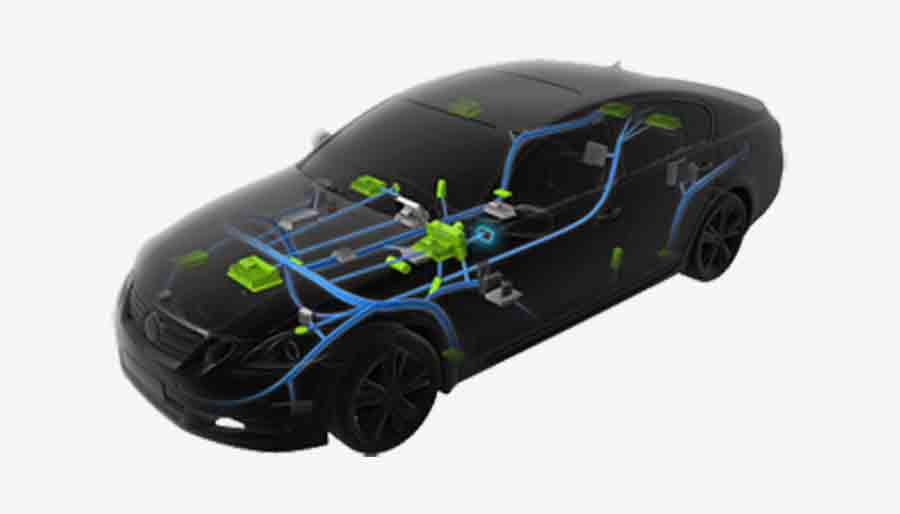
Automotive Infotronics Lab is one of the Centre of Excellence in GARC. The general purpose of the Automotive Infotronics lab is to offer a platform for developing, testing, evaluation and validation of Electronic Control Units devoted to vehicle or vehicle components in terms of the hardware and the software.
Hardware in loop system shall contain, A real time simulation of HIL system for communicating with various IO of a Gasoline, Diesel ECU and chassis ECU like ESP, ABS, ASR, etc. HIL simulation is a technique that is used in the development and testing of complex real-time embedded systems.
MCDF Performs measurement, calibration, flashing and diagnostics activities on the ECU. Online & offline calibration of one or multiple ECUs can be done at a time.
MATLAB® is a high-level language and interactive environment for numerical computation, visualization, and programming. MATLAB is intended primarily for numerical computing, an optional toolbox uses the MuPADsymbolic engine, allowing access to symbolic computing capabilities.
In Rapid Prototyping, the Centre performs Bypass and Full pass of variables, functions and complete simulink model to the existing ECU program. The variables, functions or logic can be added in EHOOKS DEV with the existing ECU program. INCA is used to test and validate the new software.



CATIA V6 & SIEMENS NX aid us in the creation, modification or optimization of a design





